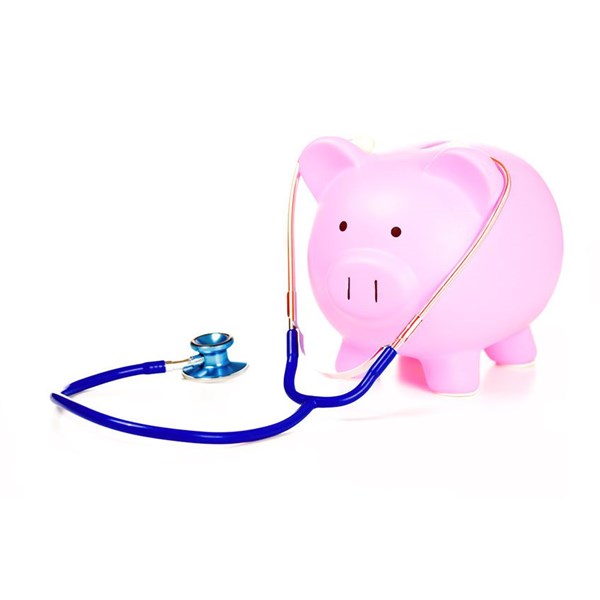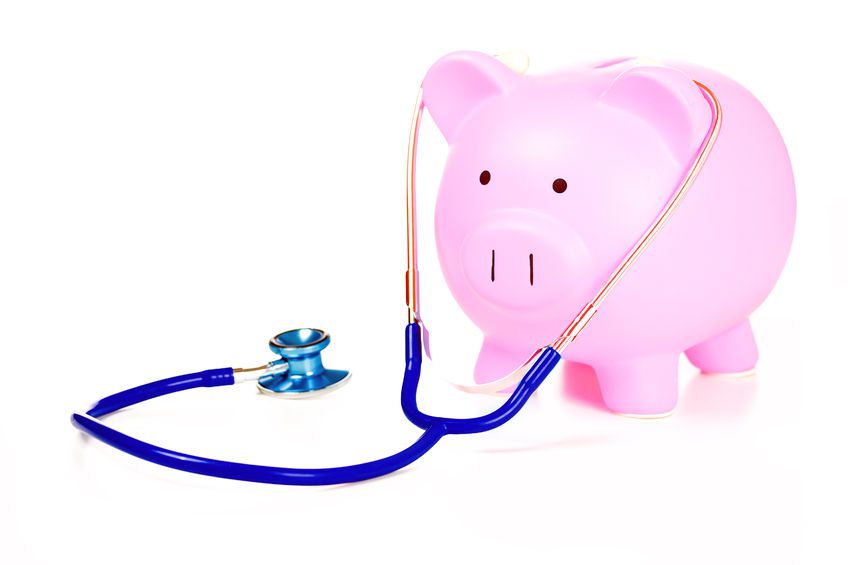Medical scheme claims expenditure far outstrips inflation


Annual medical scheme claims expenditure rose on average by 11.3% a year over the past decade, far faster than consumer price inflation, which increased on average by just 6.1%.
DHMS is the biggest open scheme in the country, with 2.7-million lives, and represents 31% of the total market.
The data highlight the financial strain facing many medical scheme members, who typically face annual hikes to their medical scheme premiums that outstrip their salary increases.
It is a problem that has vexed the Council for Medical Schemes for years and is among issues being scrutinised by the Competition Commission’s health market inquiry, which is expected to finalise its work later this year.
Discovery Health CEO Jonathan Broomberg said the data, packaged as the Discovery Health Medical Inflation Tracker, were intended to inform the debate about what was driving increased medical scheme expenditure. “In our view, if you are a member of a medical scheme this is a very accurate tracker of the way your expenditure has gone up.
“It represents 56% of the open market. Of course, at the margin there will be a scheme here or there that has an unusual [contribution] increase, but they are exceptional,” he said.
The tracker assumed benefits had remained constant in the period under review.
It unpacks the extent to which the annual increase in medical scheme claims has been driven by changes in the price of healthcare services, such as the fees for a consultation with a specialist or a night in hospital, and changes in the volume of services used by members, such as visits to GPs.
Between 2008 and 2017, the tariffs charged by healthcare providers such as doctors and hospitals closely tracked moves in the consumer price index (CPI). Tariffs rose on average by 0.5% above CPI during this period, at 6.6%. The use of services rose 4.7% a year because of increased demand for services from an ageing medical scheme population, a significant increase in the burden of chronic disease, changes to clinical practice and new technologies, drugs and hospitals.
The cost of treating breast cancer, for example, with chemotherapy, including the biological Herceptin, is about R335,000. Chemotherapy without the biological is about R39,000.
The tracker shows medical scheme claims inflation was 10.5% between 2016 and 2017, four percentage points higher than CPI, making it the lowest rate since 2011-12.
The key factor contributing to the lower increase was a drop in hospital admissions.
Both DHMS and the Government Employees Medical Scheme experienced a sharp rise in hospital admissions in 2015-16. Broomberg said DHMS had deployed case managers to hospitals where they had worked to get more patients treated as outpatients.